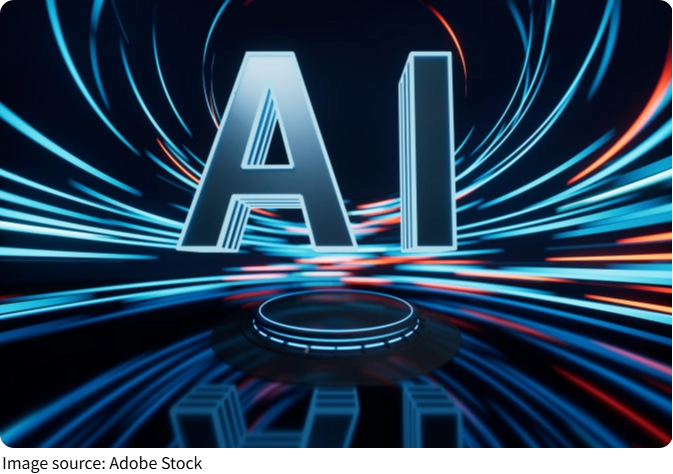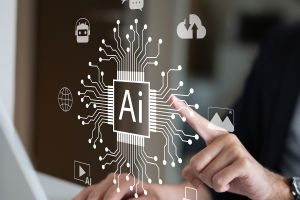Algorithms and Decisions

In today’s digital age, algorithms are the invisible architects of our choices.
Whether it’s the news we consume, the products we’re shown, or even the people we meet online, algorithms quietly analyze vast amounts of data to deliver highly personalized experiences.
But how exactly do these systems work—and what happens to our sense of free will when machines begin guiding our decisions?
Let’s dive into the inner workings of algorithms and explore how they’re increasingly shaping the way we think, choose, and live.
What Are Algorithms and How Do They Operate?
At their core, algorithms are step-by-step instructions or formulas written for computers to analyze data and produce outcomes. In decision-making, algorithms process input about us—our previous searches, purchases, clicks, social interactions—and identify patterns to predict what we might prefer or need next. Techniques like machine learning allow algorithms to improve these predictions over time. For example, streaming platforms analyze your viewing history to recommend shows you're likely to enjoy, while e-commerce websites suggest products based on your browsing behavior.
Algorithms Influence Our Daily Decisions
Research shows that over half of people perceive algorithms as significantly influencing their daily choices—from which routes to drive, products to purchase, to even who they follow on social media. By filtering information and prioritizing options, algorithms streamline decision-making but often with little user awareness. While this can simplify life, it also raises concerns about over-dependence and diminished critical thinking, as people might accept algorithmic recommendations without question.
The Subtlety of Algorithmic Guidance
Unlike overt persuasion, algorithms typically operate behind the scenes, presenting choices structured to align with our natural pattern-seeking tendencies. A pioneering study reveals that algorithms can subtly organize information streams to make certain options feel more coherent and attractive, nudging decisions gently without explicit pressure. This method leverages human cognitive biases, improving engagement but blurring lines between free choice and algorithm-driven influence.
Benefits and Risks of Algorithmic Decision-Making
The efficiency gained through automation helps individuals and organizations by simplifying complex decision processes, improving personalization, and optimizing resource use. However, the risks include the reinforcement of biases, as algorithms learn from existing data that may reflect social inequalities. Moreover, the opacity of many algorithmic systems prevents users from understanding why certain recommendations appear, limiting transparency and accountability.
Balancing Autonomy and Convenience
As algorithms become more embedded in daily life, developing digital literacy is crucial. Users can learn to recognize when and how their choices are being shaped and seek diverse sources of information. Policymakers and developers must prioritize fairness, transparency, and ethical design to ensure algorithms empower rather than diminish human autonomy. Enhanced public understanding of algorithmic functions can foster better control and informed consent.

Your Reflection: How Do Algorithms Affect You?
Consider moments when algorithms have influenced your decisions—did you notice? Do you feel in control or subtly guided? Reflecting on this dynamic can help you engage consciously with digital platforms, balancing convenience with critical awareness. In a world increasingly shaped by algorithms, understanding their role in our decision-making is key to preserving personal agency.
Algorithms shape much of our modern life, quietly guiding countless choices. Embracing this reality with awareness lets us harness their power thoughtfully while safeguarding our freedom to decide.


